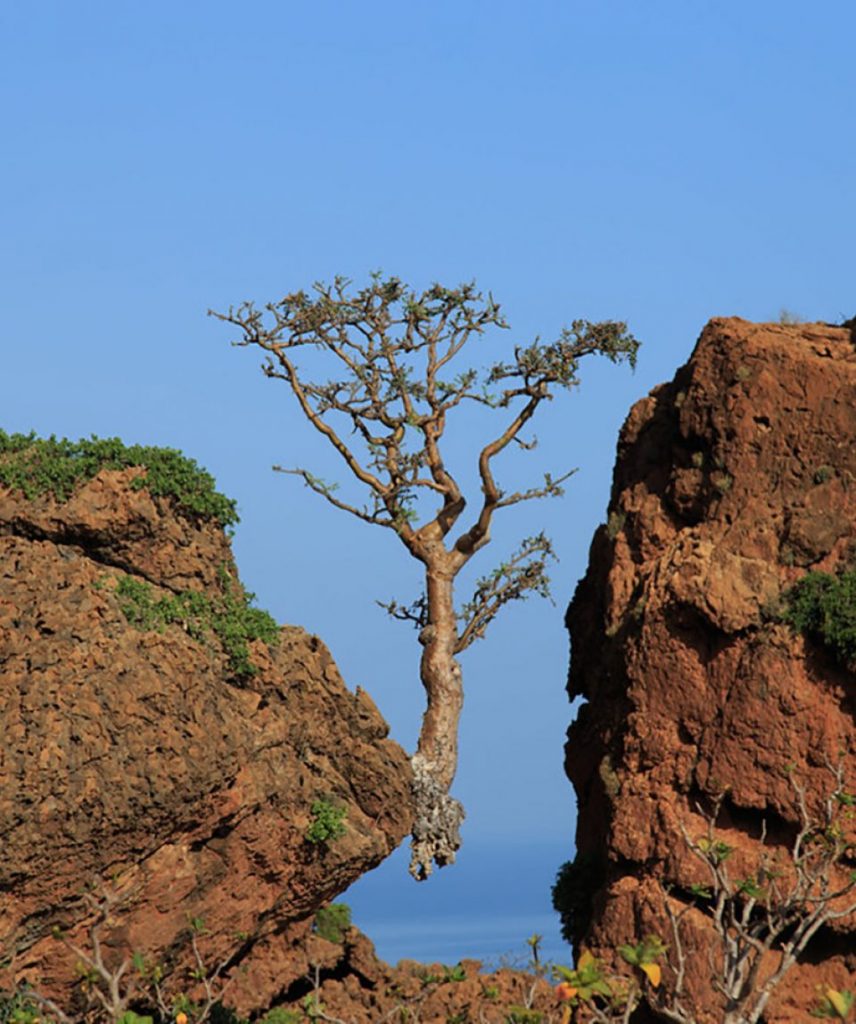
Socotra is an island nation in the northwestern Indian Ocean off the coast of Aden, between Yemen and Somalia. The island community is part of Yemen. It is located 340 km from Yemen. Covering an area of 4,600 sq km, the island community is known as the Galapagos in the Indian Ocean.

Socotra is estimated to be between 200 million and 340 million years old, separated from the Arabian Peninsula. It is a dry climate with generally scarce water, with granite mountains, limestone plateaus and numerous mountain caves.
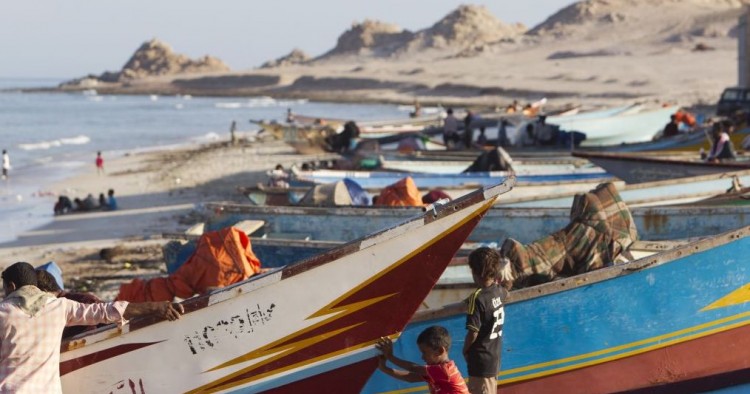
Human habitation began only 2000 years ago. Sekotra is rich in numerous endemic flora and fauna. Like the Galapagos Islands, Socotra became known as the Galapagos in the Indian Ocean because of its unique and endemic biodiversity and the resulting evolutionary process.
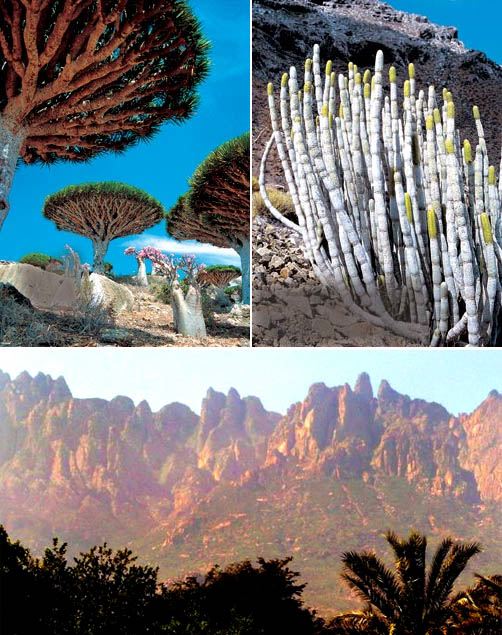
Of the 825 plant species in Socotra, 37% are endemic to the island. About 90% of the species in reptiles, 95% of the species in snails and 44% of the species in birds are endemic. 253 species of coral reefs and 730 species of fish are found along the Socotra Islands.
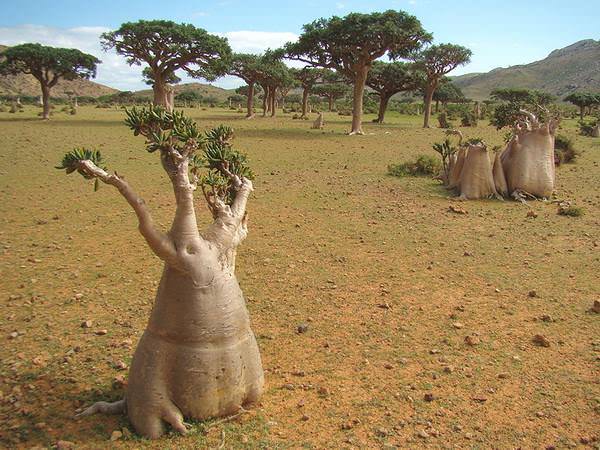
In 2008, the island community was inscribed on the UNESCO World Heritage List.

The dragon’s blood tree and the cucumber tree
One of the main attractions of Socotra is the dragon blood trees, whose mushroom-shaped branches are arranged like an umbrella. When a wound is formed, red blood-like fluid flows out of the wound.

Hence the name of the dragon’s blood tree. The leaves are found at the apex of the branches. That strange shape of the dragon’s blood trees is an adaptation to minimize water loss in the limited soils of the mountain slopes in dry hot climates.



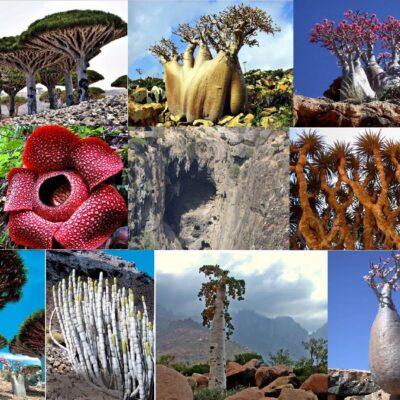
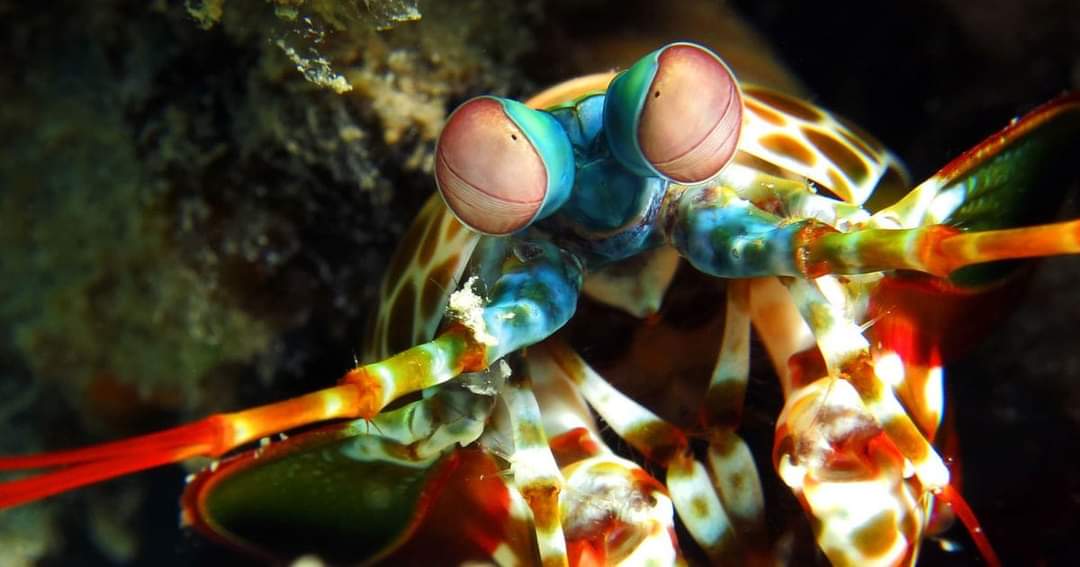
Recent Comments